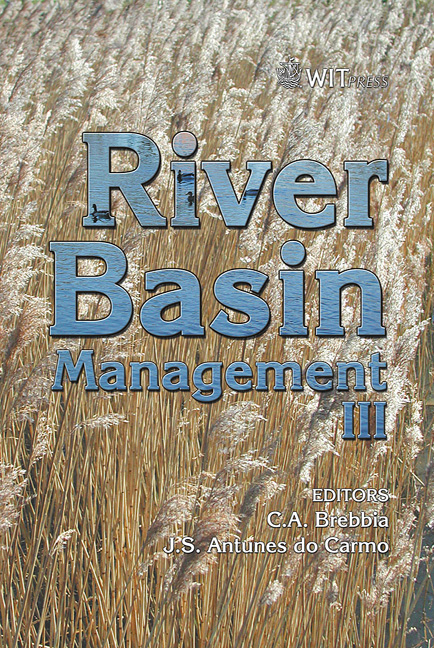A Study On Relationships Between Forcing Factors And Morphological Parameters Of Outlet Areas Of Some Rivers Flowing Into The Estonian Coastal Sea
Price
Free (open access)
Transaction
Volume
83
Pages
11
Published
2005
Size
492 kb
Paper DOI
10.2495/RM050221
Copyright
WIT Press
Author(s)
T. Koppel & J. Laanearu
Abstract
The river mouths in the Estonian coastal areas consist predominantly of sediments. The main problem on these coastal sites is unanticipated beach changes. In some cases this is due to natural processes and sometimes due to the effects of past anthropogenic activity which have modified sediment transport dynamics. An important factor affecting the morphological evolution of outlet areas of some rivers flowing into the coastal sea is constructions. Comparatively large sediment deposition at the river mouth can affect the local hydrological system. As a result of settling of sediments partial blocking of the river mouth due to intensive seaside transport can occur. Such situations can be related to relatively high sea levels and a natural reduction of river flux, the joint effect of which results in the increase of sediment motion along the shore. In this study the significance of forcing factors relevant for bathymetrical changes at the outlet areas of rivers flowing into the Estonian coastal sea are discussed. Keywords: river mouth, coastal bathymetry, river discharge, wind properties, sea level, sediment transport. 1 Introduction Estonia is located entirely within the Baltic Sea catchment area, whereas rivers are divided between four watersheds: the Peipsi basin, the Gulf of Finland basin, the Gulf of Riga basin and the island’s watersheds (cf. Figure 1). The long-term mean run-off into the coastal sea exceeds 10 billion m 3 per year. Of these rivers only 7 have catchment areas exceeding 400 km 2 , and 3 rivers have an annual
Keywords
river mouth, coastal bathymetry, river discharge, wind properties, sea level, sediment transport.





